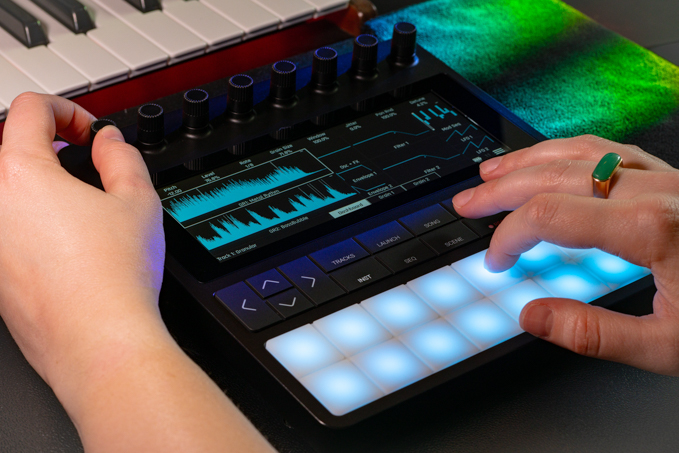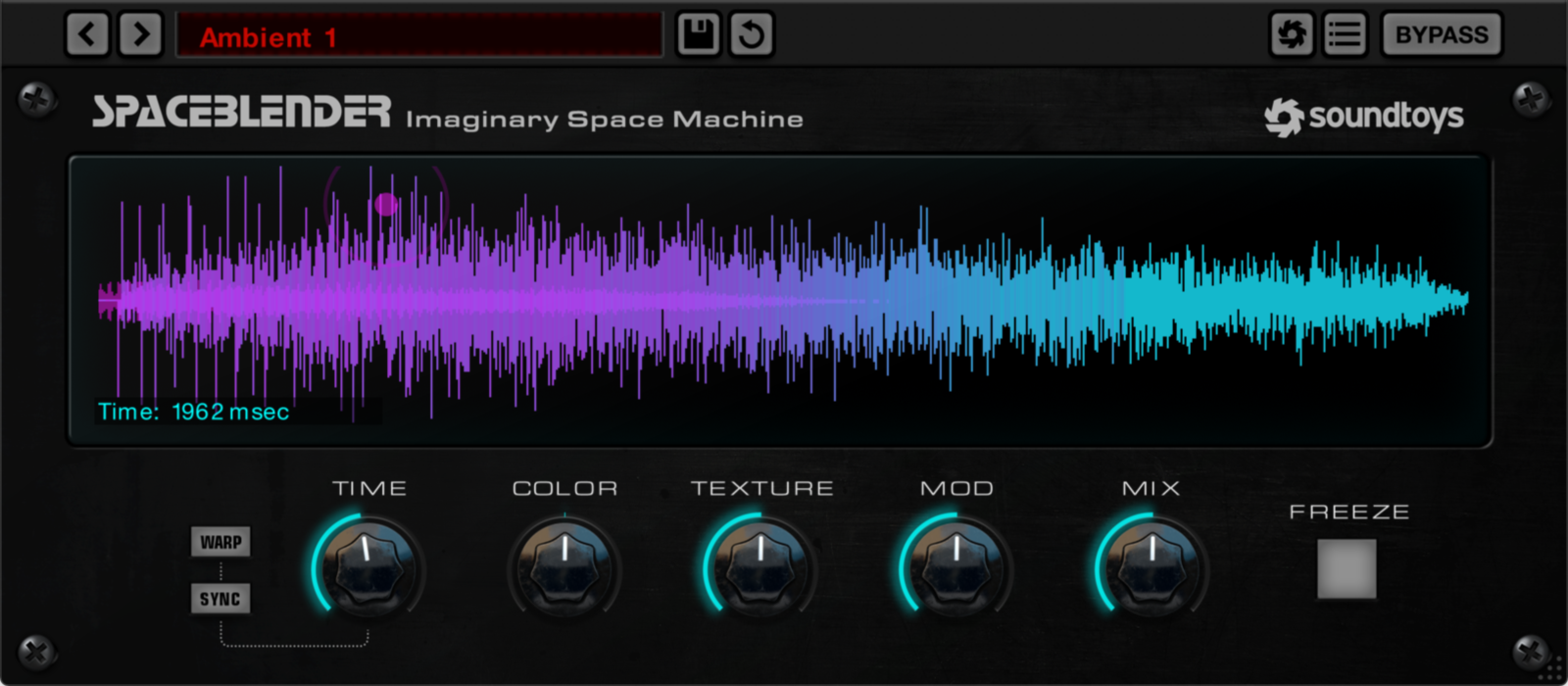
Multitalented musician Michael Emenau a.k.a. MNO examines some of the benefits and pitfalls of using musical scales and offers some creative practices for using them.
Why do we use scales? Are they fundamental building blocks of music, or something you can just ignore? Are they a necessary evil, the root of all melody, or a detriment to creativity? An argument can be made for any of these descriptions, but the real answer will be one you find for yourself. In this article, I’ll examine some of the benefits and pitfalls of focusing on scales, and suggest some creative practices for using them.
First of all, what is a scale? In Western music, it’s a series of two or more notes (usually seven) which fit within one octave. The most common are the major scale (C-D-E-F-G-A-B-C) and the minor harmonic scale (C-D-Eb-F-G-Ab-B-C). In other cultures, the rules move around a bit. For example, in a North Indian Raga, the scale concept is more fluid; the scale may not end on the same note it started. It may also have a top or bottom note which is not in the octave, as well as scale notes that can change depending on the direction the melody is moving (much like the melodic minor scale). In Balinese music, a note may be skipped in one octave but not the next octave. In classical Arabic music, the relationship between the first two notes can change depending on the time of the day. However, even with all of these variations, in most cultures, the octave is used as the bookends of a scale.
The octave is a mathematical relationship of vibrational frequency. If you play the bottom note on a piano (A0), the string will vibrate 27.5 times per second. Our eardrums then sympathetically vibrate 27.5 times per second, and our brain interprets the sound as a low A. If you play the A an octave up, it will vibrate twice as fast: 55 times per second (55 hertz). The next A is 110 hertz, then 220, then 440, and so on. This relationship of frequencies was not established by some ancient conspiracy – humans have always been able to feel and hear the natural relationship of the octave.
Ok, enough math for now. The real question is this: what tools from traditional western music theory are important for an electronic music producer to know? Some may say, “just learn your scales, they will help you out later,” or “I can make killer tracks without knowing any scales.” We need a better answer than this. Given that scales have developed over thousands of years throughout human culture, they must have some value. However, we still need to figure out how they are relevant to us and the music we make.
I feel the problem is in our preconceived notions of the purpose of scales and even more importantly how scales are traditionally taught. If you open any beginner piano/violin book, the first lesson is often about how to play scales (do-ri-mi-fa-sol-la-ti-do) starting at the bottom, going up one or two octaves and then going back down. The argument in favor of this approach is that playing scales teaches our fingers how to move, as well as builds a facility on the instrument – but to do what? Are there any songs that actually have do-ri-mi-fa-sol-la-ti-do in the melody? Are we developing skills to play a melody that no one would ever write? Not exactly. When we learn scales, we’re learning the relationship of notes to one another as well as learning to navigate the space where melodies live and breathe. Exploring relationships further, we know that the distance between the first and third note in major and minor scales is always different. As a result, different moods are created by the different relationships between major and minor scales. For example, when you play a major triad on the piano (C-E-G), it sounds happy and uplifting. However, when you play a minor triad (C-Eb-G), it sounds sad and dramatic.
I remember reading “Friedman-Vibraphone Technique: Dampening and Pedaling” which the first exercise had you play the scales but not in sequence, or in any pattern at all. The lesson recommended that you play slow and listen to the relationships between the notes. At the time, I just found it annoying, as I had to jump all over the instrument, it was almost impossible to memorize, and it wasn’t helping me play faster. In retrospect, I think if everyone learned scales this way, they would be creating some wild melodies. Think how much more expressive we would all be if our ears were that much more in-tune with the leaps and bounds of scales instead of seeing them as a linear sequence. I am not saying that there is no validity in learning to play your scales up and down the keyboard, but if that is your primary relationship to your instrument, those repetitive motions will be imprinted in your brain and fingers which may make it much harder to consider other ways to move melodically around your instrument. Creativity rarely happens in a linear motion.
To follow up this thought, I have a couple of suggestions for all you budding musicians and composers who want to try a more creative approach to scales.
Well, I hope this was not all too geeky for you and as always, I am trying to present you different ways to consider how music can be made. The wider the pallet of information we can draw upon, the more expressive we can be when we work on our craft. Scales have been used for 1000′s of years, and I doubt they will stop being used anytime soon. In conclusion, I would have to say that scales are neither good nor bad, they can inspire or inhibit the creative process depending on how you use them.
Remember, music comes from your ears, not your eyes. If it sounds good, then it is good.

Sample Every Flavor: A Deep‑Dive Review of 1010music Bento Introduction 1010music Bento isn’t just anoth...

Soundtoys got a surprising new release of SpaceBlender, an experimental reverb plugin that is currently ...

Twice the power, endless creative possibilities for your productions

Software updates used to be the icing on our hardware cake. In 2025 the roles flip: code, clouds and cod...